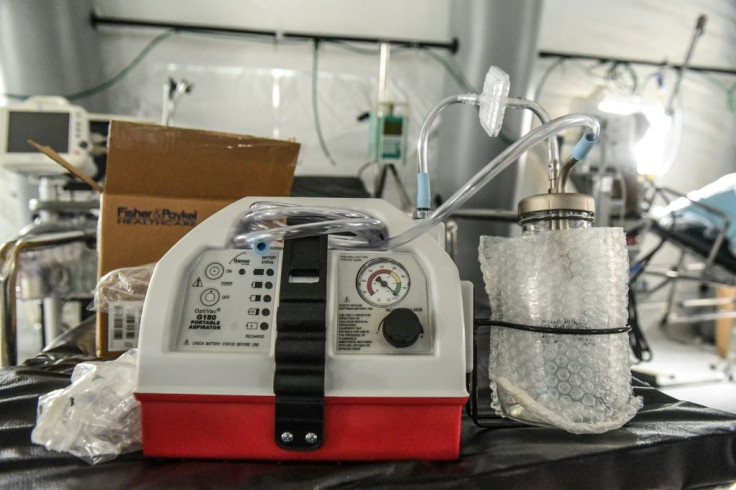Coronavirus Treatment: Doctors Find Nasal Cannulas A Better Alternative To Ventilators
Experts at the University of Chicago Medicine’s Hyde Park emergency room found a potential alternative to mechanical ventilators to treat critically ill COVID-19 patients.
High-flow nasal cannulas
They are small prongs that blow heated and humidified oxygen into a COVID-19 patient’s nostrils. Although they aid just the way ventilators do they are much less invasive. Michae O’Connor, UChicago Medicine’s Director of Critical Care Medicine announced last week that the use of nasal cannulas during this coronavirus pandemic situation has been remarkably successful.
The cannulas were given to 24 COVID-19 patients in the emergency room and they found it extremely helpful. The ventilator-alternatives that was used to treat patients who were in respiratory distress increased each of their oxygen levels from 40% to as high as 90%.
Most of the critically ill COVID-19 patients hospitalized patients in two hospitals of Chongqing, China received high-flow nasal cannula (HFNC) COVID-19, according to a study published in the Annals of Intensive Care. The study pointed out that HFNC was the most common ventilation support for patients with novel coronavirus-infected pneumonia (NCIP).
The study found that the number of HFNC patients were much higher than those who received noninvasive ventilators (NIV) when the HFNC or NIV was used as initial oxygen support. The study also demonstrated that doctors were more likely to use HFNC among critically ill patients caused by NCIP.
Among the thousands of clinical staff that joined in the patient management during the coronavirus outbreak in China, most of them lacked experience on how to use HFNC or NIV.
Here’s what we now know about nasal cannulas:
- Nasal cannulas are non-inferior to NIV on intubation rate in critically ill COVID-19 patients
- They are more comfortable than NIV and the skin breakdown is less likely to occur
- Its manipulation is much easier than NIV which makes it easier for the clinical staff was to use HFNC in NCIP patients.
"The proning and the high-flow nasal cannulas combined have brought patient oxygen levels from around 40 percent to 80 percent and 90 percent, so it's been fascinating and wonderful to see," HealthDay quoted Thomas Spiegel, M.D., medical director of the University of Chicago Medicine Emergency Department.

© Copyright IBTimes 2024. All rights reserved.






















